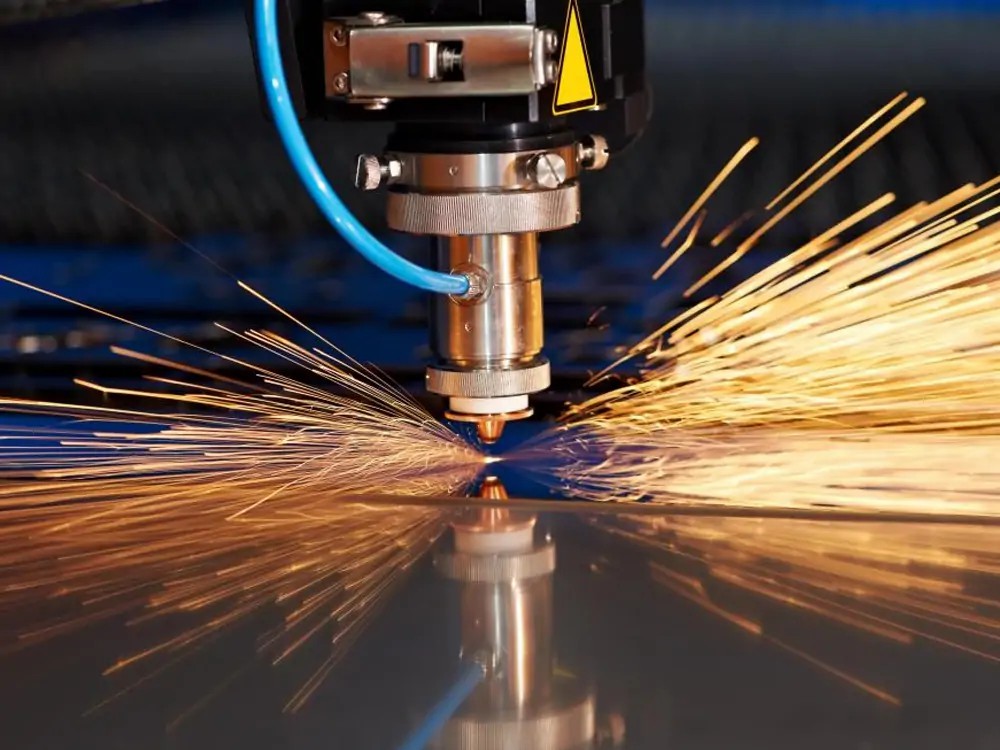What is laser cutting?
Laser cutting technology directly melts or vaporizes the material through the high temperature of the laser beam to achieve precise and efficient cutting. The application of laser cutting technology in PCB depaneling has the advantages of high precision, low thermal influence, and no mechanical stress. It is widely used to improve the cutting quality and efficiency of circuit boards.
PCB conventional cutting methods
The conventional cutting methods of PCB mainly include milling and cutting, linear cutting, and wire cutting methods. Conventional milling and cutting methods are prone to material deformation and edge burrs, affecting the overall quality and performance of the PCB, dust, and debris in the cutting process. At present, the conventional cutting method is still the cutting method adopted by most manufacturers.

Laser cutting vs. conventional cutting
- Conventional cutting methods such as milling and straight line cutting often result in poorly cut edges that are prone to burrs and distortion.
- Laser cutting achieves high-precision cutting with a focused laser beam, with a cutting width of typically less than 0.01mm and smooth, neat edges.
- With conventional milling, the tool contact with the material introduces mechanical stresses that can lead to micro-cracks or material deformation.
- Laser cutting, using non-contact cutting with a laser beam, avoids this mechanical stress and protects the material's structure.
In contrast to conventional mechanical cutting methods, laser cutting does not leave dust on the PCB. Laser cutting technology uses UV laser cutters and shorter wavelength UV lasers to achieve higher cutting accuracy and better cutting results, smooth edges and minimize thermal effects. If the designed PCB is a circuit board with components assembled on both sides, laser-cutting technology is a good choice.
However, the implementation cost of laser cutting technology is higher than that of conventional cutting methods. Laser-cutting technology can effectively solve the defects of many conventional cutting processes, including the lack of cutting accuracy, slow cutting speed, material deformation, and post-processing needs, thus significantly improving production efficiency and product quality.
Limitations of laser cutting technology
1. The effective thickness range of laser cutting is relatively small, usually suitable for cutting small and medium-thickness plates. As the material thickness increases, the cutting speed decreases significantly, thus affecting processing efficiency. The application of laser cutting is limited when dealing with materials of greater thickness.
2. The relatively wide kerf width of laser cutting compared to some other cutting techniques may not satisfy applications with high fine dimensional requirements.
3. Laser cutting is a thermal process, and although its heat-affected zone is relatively small, it may still result in thermal deformation of the material under certain circumstances.
3. The cost of laser cutting equipment is generally higher, as well as the maintenance of the equipment and the skill requirements of the operators, which may add to the overall cost of production. The unit cost of choosing laser cutting becomes higher for small-batch PCB production.
4. Laser cutting is not effective for certain materials, especially highly reflective materials (e.g., aluminum and copper), for which laser cutting is not suitable due to the reflective properties that prevent the laser's energy from being effectively absorbed by the material. Laser cutting is also less effective when dealing with materials with high thermal conductivity.